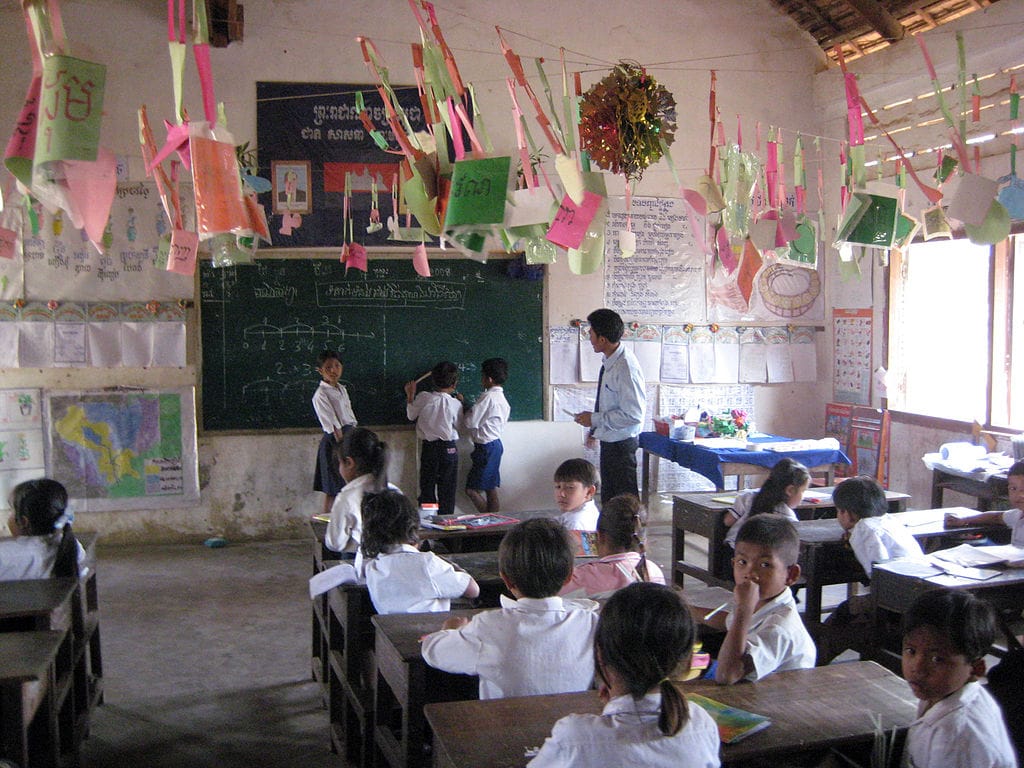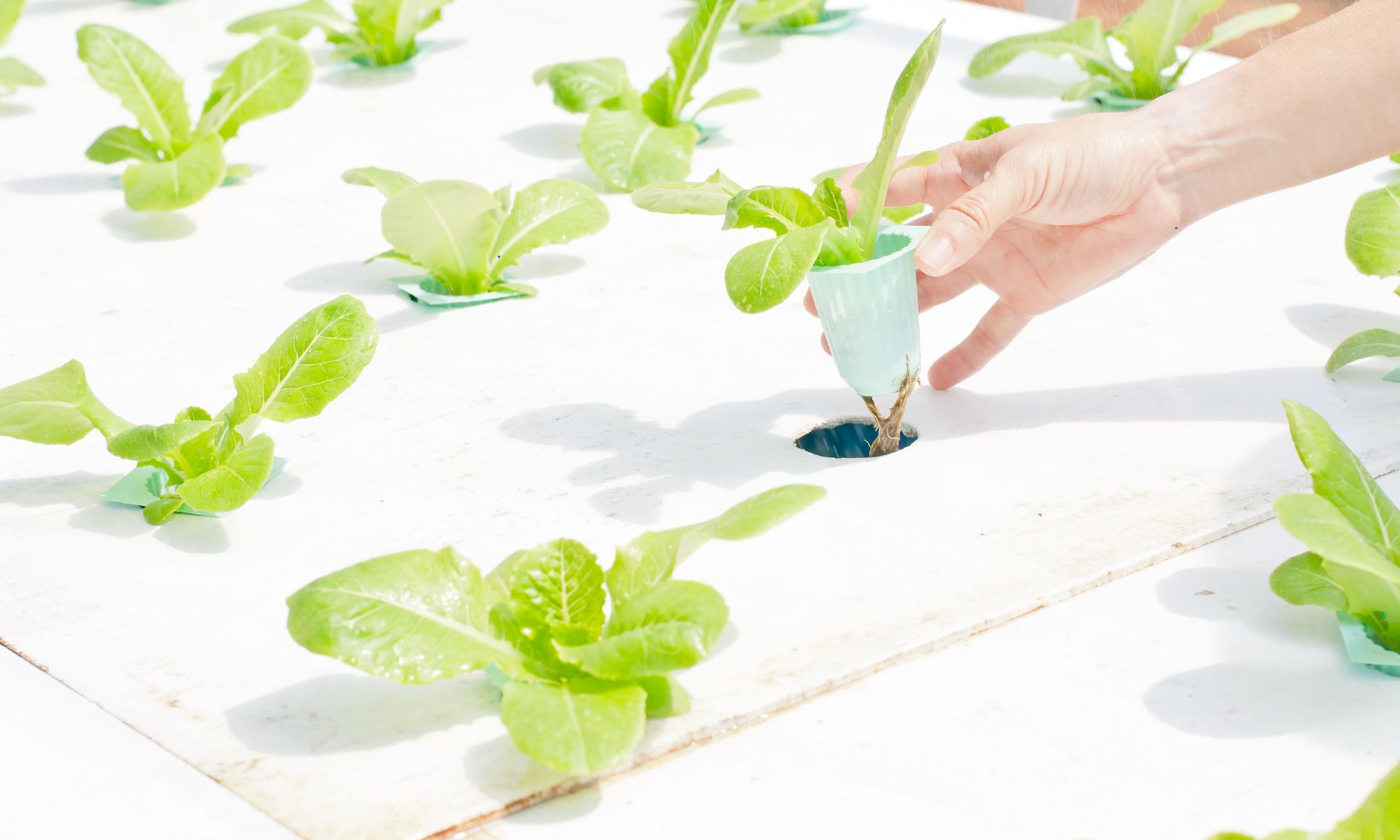Remember maths lessons? Well, if you’re anything like the 50% of adults who can’t do basic maths, the very idea of the subject might leave you with sweaty palms and a dry mouth. This is a feeling many children have when they’re learning maths at school, finding it a typically challenging subject and one that school children are eager to turn their back on as soon as they’ve made their way through their GCSE’s.
But this could all be about to change.
A new style of teaching maths in schools is being used in a handful of schools in the UK – the Singaporean ‘Maths Mastery’ approach. This approach appears to be benefiting our children, with a study by the UCL Institute of Education and Cambridge University showing that children taught using the Singapore ‘Maths Mastery’ approach learn faster than children using current British methods, averaging an entire extra month of progress in a calendar year.
School children in East Asia have been performing highly on the Programme for International Assessment rankings for some time using the Singaporean approach, so it’s no surprise that schools in the UK have started to see if it could have a positive impact here too.
But what is the approach, and why does it work?
Well, the Singaporean approach to teaching maths involves studying fewer topics than children in the UK currently do, but in greater depth. There’s also a greater emphasis placed on problem-solving skills. In the UK, there’s a strong focus on mental arithmetic, but the Singaporean model instead equips children with props such as building blocks to help find answers to maths questions. This requires teachers to have well-equipped classrooms, using props and educational aids from suppliers such as this one here.
Also, the Singaporean model requires that every child reaches a certain level of understanding before the rest of the class progresses. That way, no one gets ‘left behind’, and instead the class waits for pupils who are struggling to catch up before everyone moves on, together, to the next part of the syllabus. This has two benefits. Firstly, there’s no need for remedial one-to-one teaching for those children to struggle to keep up in class, and secondly, pupils who have grasped a topic can spend some time mastering it to a greater depth while pupils who are struggling have time to get up to speed.
Emma Valerio, a maths teacher in the UK, has been using the Singaporean ‘Maths Mastery’ method in her classroom. She told the Independent that the Singaporean method is preferable because: “Now [our] focus is on enrichment, not acceleration. We give [high flying children] extra tasks to enrich their skills. True mathematics aren’t the ones given the next level of maths; they develop on their own”.
More research will need to be done to determine whether it’s the best way to teach maths across the country, but it certainly appears to be worth helping teachers to learn basic Singaporean problem-solving principles.
Interested in teaching maths abroad? Create a profile here and upload your CV, then browse our maths teaching opportunities to find your perfect position.
Already teaching maths abroad and want to share inspiring stories? If so, we would love to hear from you! Contact us and share your knowledge and views with the community of our readers!




